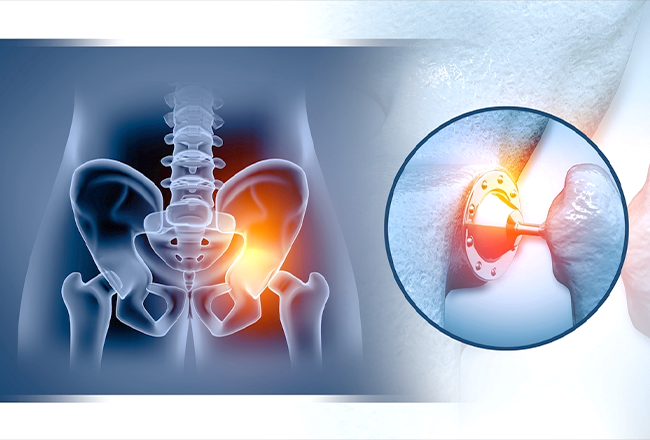In the realm of modern medicine, implant technology has revolutionized the way we treat various medical conditions and improve the quality of life for countless individuals. Whether it's joint replacements, dental implants, or cardiovascular stents, these devices play a crucial role in restoring health and functionality. However, there's a hidden hero behind the success of these implants – coatings. In this blog, we'll explore why coatings are essential for implants and how they significantly impact performance and patient outcomes.
1. Protection Against Corrosion and Wear
Implants are subjected to a harsh environment within the human body. Over time, exposure to bodily fluids and mechanical stresses can lead to corrosion and wear, compromising the implant's integrity. This is where coatings come into play.
Coatings act as a protective shield, preventing the implant material from reacting with bodily fluids and slowing down the wear-and-tear process. By doing so, they extend the lifespan of the implant and reduce the risk of complications, such as implant failure or tissue damage.
2. Enhanced Biocompatibility
Biocompatibility is a fundamental requirement for any implant. It refers to the implant's ability to coexist harmoniously with the surrounding tissues without causing adverse reactions. Some implant materials, like metals, may not be inherently biocompatible.
Coatings can transform the surface of these materials to make them biocompatible. For example, hydroxyapatite coatings are often used to promote better integration with bone tissue in orthopedic implants. This enhances the healing process and reduces the risk of implant rejection or complications.
3. Improved Osseointegration
In the case of dental implants and orthopedic devices, the success of the implant depends on how well it integrates with the adjacent bone tissue. Osseointegration is the term used to describe this process, and it's critical for the stability and longevity of the implant.
Coatings like hydroxyapatite and titanium enhance osseointegration by providing a surface that encourages bone cells to attach and grow. This results in a stronger bond between the implant and the bone, ensuring better stability and reducing the risk of implant loosening.
4. Customized Functionalities
Not all implants are created equal, and neither are their coatings. Coatings can be customized to provide specific functionalities based on the implant's intended purpose.
For instance, cardiovascular stents may be coated with drug-eluting coatings to prevent the buildup of plaque and reduce the risk of restenosis (re-narrowing of blood vessels). This customization allows implants to address unique challenges and deliver better patient outcomes.
5. Reduced Friction and Wear
In joint replacements, such as hip and knee implants, friction between the implant's components can lead to wear and instability. Coatings like ultra-high-molecular-weight polyethylene (UHMWPE) are used to reduce friction and minimize wear.
By minimizing friction, these coatings improve the longevity of the implant, reduce the need for revision surgeries, and ultimately enhance the patient's quality of life.
Conclusion
In the world of medical implants, coatings play a pivotal role in ensuring the success of these life-changing devices. They protect against corrosion, enhance biocompatibility, promote osseointegration, offer customized functionalities, and reduce friction and wear. Without coatings, the performance and longevity of implants would be compromised, leading to less favorable patient outcomes.
So, the next time you or someone you know benefits from an implant, remember that there's more than meets the eye. Behind that life-changing device lies a coating that's essential for its success and your well-being.

